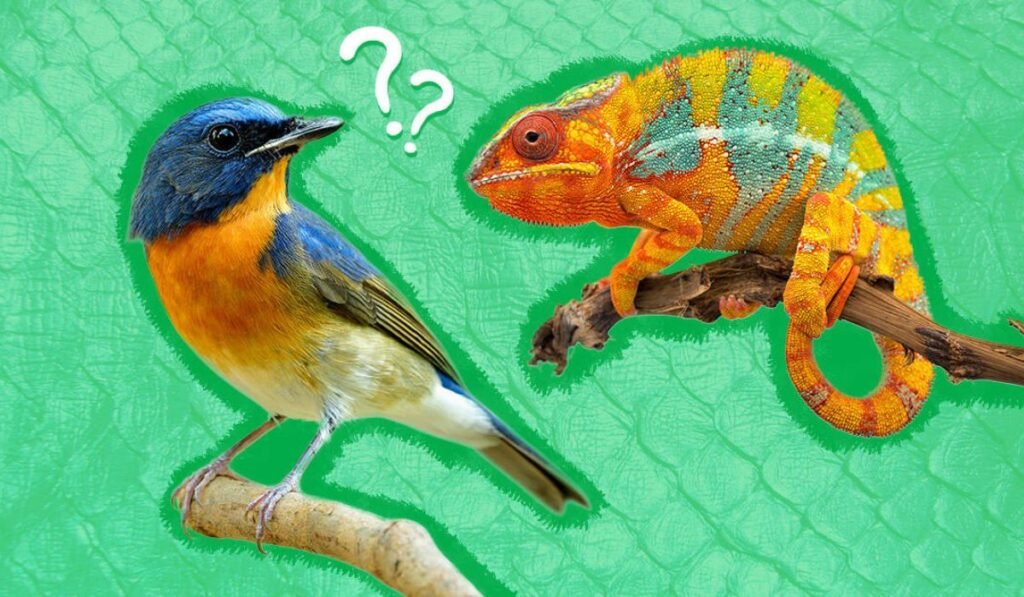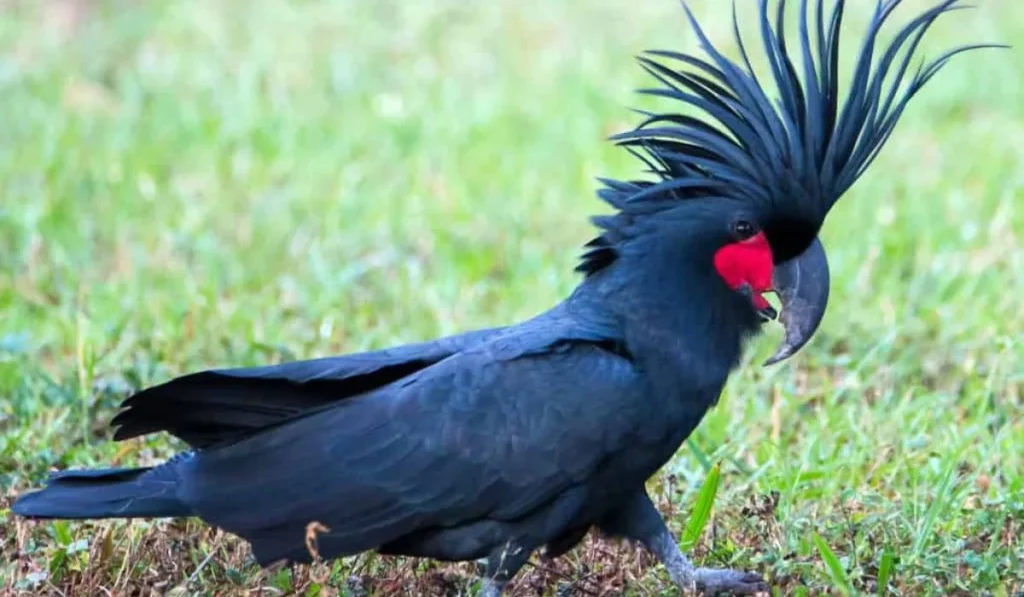Keeping your bird feeder clean is crucial for the health and well-being of our feathered friends. A dirty feeder can spread diseases among birds and attract unwanted pests. Regular cleaning of bird feeders with mild soap and water or a diluted bleach solution helps prevent the growth of harmful bacteria and mold. Many bird lovers enjoy watching birds visit their feeders but forget about the importance of maintenance. Clean feeders not only protect birds from illness but also make your backyard more inviting for a variety of species. Different types of feeders may need different cleaning methods, but the goal is always the same – to provide a safe and hygienic feeding spot for birds. Cleaning a bird feeder doesn’t have to be a difficult task. With the right tools and a bit of know-how, it can become a simple part of your regular bird-watching routine. By taking care of your feeders, you’re doing your part to support local bird populations and create a thriving backyard ecosystem. Why Should You Clean Your Bird Feeders Regularly? Regularly cleaning your bird feeders is crucial for preventing the spread of diseases among birds, ensuring their health and well-being. Dirty feeders can harbor harmful bacteria, mold, and pests, posing serious risks to birds. Additionally, old and damp food can become moldy and toxic, deterring birds from returning. By keeping feeders clean, you promote a safe feeding environment, maintain fresh food, and help protect the health of your feathered visitors while extending the life of your feeders and preventing unpleasant odors. How to Clean Seed Feeders To clean seed feeders, empty the old seed and disassemble the feeder. Soak it in warm soapy water for 10–15 minutes, then scrub thoroughly with a brush. Rinse well to remove soap, and for extra sanitization, soak in a vinegar solution (1 part vinegar to 9 parts water) or a diluted bleach solution (1 part bleach to 9 parts water). Rinse again and let the feeder dry completely before refilling. Clean feeders at least every two weeks or more often during wet weather or heavy use. If you’re wondering about water safety for birds, such as Can birds Drink pool water, it’s important to ensure that birds only have access to clean, safe water to avoid potential harm. How to Clean Bird Feeders for Sugar Water To keep your hummingbird feeder safe, start by disposing of old nectar and thoroughly washing and rinsing the feeder. Once clean, refilling it with fresh sugar water is essential. Feeders should be replenished with fresh nectar every day and cleaned each time you replace the nectar. Following these steps will ensure your bird feeders remain clean and inviting for the birds. 1. Empty and Rinse the Bird Feeder When cleaning the bird feeder, dispose of any old nectar and always wear gloves when handling the feeder, especially if exposed to wild animals. Rinse the hummingbird feeder thoroughly with water to remove any residue, ensuring a clean and safe environment for the birds. 2. Soak the Feeder in Vinegar Solution To keep your hummingbird feeder clean, soak it in a 50:50 solution of water and white vinegar. Let it sit for a few minutes to sanitize it. Afterward, rinse it thoroughly with clean, running water to ensure it’s safe for the birds. 3. Refill the Feeder To refill the feeder, mix 1 part white refined sugar with 4 parts water as per the Smithsonian’s recipe for hummingbird nectar. Store extra nectar in the refrigerator for easy refilling. After the job is done, wash your hands thoroughly, especially if you didn’t wear work gloves. Benefits of Regular Cleaning Cleaning your bird feeder often helps keep birds healthy and happy. It also makes your feeder more appealing to a wider variety of feathered visitors. Preventing Disease Regular cleaning stops the spread of germs among birds. Dirty feeders can harbor harmful bacteria and mold. These can make birds very sick. Cleaning removes old, wet food that breeds germs. It also gets rid of droppings that collect on feeding surfaces. This cuts down on disease risks. A clean feeder means healthier birds in your yard. It helps protect local bird populations from outbreaks. Experts say to clean feeders at least every two weeks. Clean more often in wet weather or if you see sick birds. Attracting More Birds A clean feeder draws more birds to your yard. Birds prefer fresh food and clean surfaces. They’re more likely to visit a well-kept feeder. Regular cleaning keeps food fresh and tasty. It prevents seed from getting moldy or rancid. Fresh food brings in a wider range of bird species. Clean feeders also look nicer in your yard. This makes bird watching more enjoyable for you. You’ll see more birds and different types when your feeder is clean and inviting. Cleaning lets you check the feeder for damage too. You can fix any issues quickly. This keeps your feeder safe and working well for the birds. Also Read Do Hummingbirds Have Feet? What to Avoid When Cleaning Bird Feeders When cleaning your bird feeder, it’s essential to take care to ensure everything stays safe for your home, your outdoor environs, and most importantly, the birds that enjoy the refreshments. There are key safety precautions to keep in mind. First, always avoid harsh chemicals or cleaners that can harm the birds or damage the feeder. Instead, stick to mild soap and water or a diluted bleach solution. It’s critical to make sure the feeder is well-rinsed to remove all traces of cleaning products. If you’re scrubbing away stuck-on food from seed or suet feeders, use a bottle brush for those hard-to-reach spots. Be careful not to use stiff-bristled, metal brushes, or steel wool scouring pads. These can cause damage to the glass or plastic parts of the feeder. Identifying the Right Time to Clean Keeping bird feeders clean is key for bird health. Regular cleaning prevents the spread of diseases and ensures birds have a safe food source. Seasonal Considerations Spring









